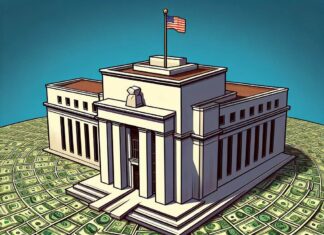最後更新日: 2024年06月28日
讀經濟學其中一個最令人疑問的問題,一定是這個:「點先算係Long Run,又點先算係Short Run?」 事實上,Long Run與Short Run這個分野,本身很大程度與Keynesian Economics 與及Classical Economics對經濟運作的不同看法有關。普遍總的來說,Keynesian Economics是主要看經濟體的Short Run需求管理,而Classical Economics的焦點則是解讀Long Run 供應管理的。(至少這是基礎MacroEconomics教科書所講的)
但幾耐是Long Run? 6個月?1年?5年?10年? 某程度上,這可能是個(Empirical Question)實證問題,你幾時見到classical model有效,大約幾時就是Long Run。(哈~至少這是我的睇法。)不過其實我對這看法一向不太滿意,直至今日我終終看到一個更有意思的理論看法,來自TheMoneyIllusion的Soctt Sunmer:
“1. The long run is now: I used to have a lazy belief that the term “in the long run” meant something like “in the future,” and short run meant the present, or very near future. Lucas taught me that the long run is (also) right now. The term ‘long run’ refers to situations where factor X effects factor Y with a long delay. It has nothing to do with present and future. And yet I often hear even professional economists talk as if the term “in the long run” meant in the future. Here’s one example. The short run effect of monetary policy is called the liquidity effect. A change in the money supply causes interest rates to move in the opposite direction, in the short run. The long run effects of monetary policy are called the income effect, the price level effect and the expected inflation (Fisher) effect. These three effects all cause interest rates to move in the same direction as the money supply. If you erroneously thought that “short run” meant “now” you would interpret any current change in interest rates through the lens of the liquidity effect. That is, you’d assume falling interest rates reflect an easier monetary policy, and vice versa. Lucas taught me that what’s going on right now is equally likely to be the long run effect of policies that happened earlier. Thus falling interest rates might just as well be the long run effect of an earlier tight money policy. How can you tell which is which? Ben Bernanke says you look at NGDP growth and inflation. And what happened to those two indicators in 2008-09?”
Short Run同Long Run都是Now!
這篇文Sumner仲有講到其他有關佢對Robert Lucas同Eugene Fama的理論之睇法,值得一看。
PS. TheMoneyIllusion是我近年最看向的經濟學blog之一,Soctt Sumner這幾年間憑著這個blog成功將NGDP Targeting這個Monetary Regime 推廣出來,早兩年連耶倫及Paul Krugman都認同NGDP Targeting有一定可取的地方,可見Soctt Sumner的影響力不少。要了解Monetary Policy,TheMoneyIllusion是必看之選。
本網內容全數由Patreon嘅讀者贊助
如果你都鐘意我地嘅文章,可以考慮成為我地最新嘅Sponsor !
想睇到我地最新嘅文章,可以去Telegram follow 我地 詳見《Econ記者使用說明》






